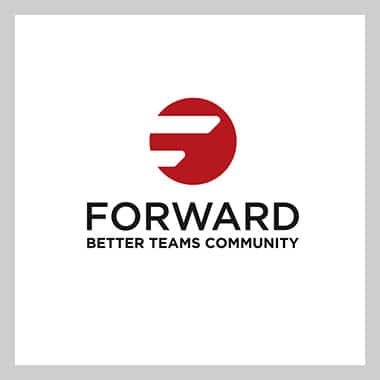Why, What & How 360° Feedback for Leaders:
Imagine this scenario:
You are working with a senior leader who has been very “successful” in their role, meeting their goals, and objectives. This leader is driven to make a difference, really cares about their team, the business, and the customer, but something is off. Their team or peers are really struggling to work with him, and this misalignment is starting to have negative impacts like:
- People are leaving this team to escape this leader.
- People are complaining to HR about his behavior.
- Productivity is beginning to drop off.
- Team engagement numbers are dropping.
This leader appears to be self-reflective and open to feedback; yet seems convinced he is doing everything right and can’t understand why people are reacting to him in this way.
This is an ideal time for a 360° assessment.
Why?
It provides the leader and their coach (or manager) with a perspective about how others see him. This data can lead to insights and discovery about the interpretation. Impact of his behaviors, which might be very different than his intentions.
What is a 360° Assessment?
It is an assessment for a single person where they receive anonymous input from their direct reports, manager, peers, and other stakeholders. Additionally, they rate themselves – which provides an interesting measure to see if their assessment of their own leadership aligns with how others perceive him/her. In short, the leader gets a report with a 360-degree look of how others perceive them – which is a powerful coaching tool.
My favorite 360° is the 363° by Wiley because it suggests three specific behaviors to work on and even provides suggested activities. I also like this version because there are no open-ended comments. Therefore, there is less room for misinterpretation, confusions, and trying to guess who said what based off how it is written.
How to Deliver A 360° Assessment
- The leaders will select their raters. Ideally at least 3 people in each category (direct reports, peers, or others). The more raters the better because it’s easier to look for patterns.
- The leader emails all the raters explaining the process and express a desire for feedback.
- The consultant sends a link to all the raters and the leaders.
- The consultant compiles the report.
- The leaders and consultant meet face to face to debrief the report. I always schedule 3 hours and almost always use all 3 hours.
- At the meeting, celebrate success, identify opportunity, and ask them to choose up to 3 specific behaviors to focus on improving.
- Coach the leader on how to share results with their manager, peers, their and direct report if they are willing.
- Establish a one hour follow up debrief exactly one week later. Doing this will allow time for the leader to process the results. During the debrief, leaders always come with insights and questions. After the debrief, an action plan will continue to develop.
- Ideally, continue coaching. If not, coach the leader on how to set up their own support, feedback, and accountability relationships.
- Ideally, repeat the assessment 6 months later to look for improvements.
Summary
I’ve coached leaders who have scored very low on the original assessment, and six months later they had dramatically increased their scores. Once a leader is aware of the specific behaviors that are impeding their success. They can modify their behaviors and improve relationships. It takes a combination of awareness, willingness, and analysis which is why working with a coach through the process increases the likelihood that they will have success.
About the Author: Leigh Ann Rodgers, Founder of Better Teams and Forward, is an IAF Certified Professional Facilitator with 20 years of experience in the human development field. Leigh Ann is a skilled meeting facilitator, trainer, and coach working across the globe to help leaders cultivate teams that are happy and high-performing.
Learn. Share. Practice. Move FORWARD. Join the Better Teams community, FORWARD, to network and grow with some of the most experienced professionals in the field of team building and facilitation. LEARN MORE


2 Responses
Leigh Ann – please allow me to begin by thanking you for not striking me off your registers and generously sharing your team building insights with the non-responsive subscriber that I have been! You now have a disciple 🙂
This particular one on 360° resonates as I prepare to journey with a very dynamic group of people that are coming together with the hopes of building a high performance team!
Step 1 is going to be a 360° leadership assessment and I am working 360 to ensure that all stakeholders align and we get some quality responses.
Your write-up here has helped to fill some gaps and boost my confidence – we’re on the right path, just need to do this right!
Thank you!
So glad this resonated with you Tamenji. Have you also considered a team 360? I encourage you to check out my Better Teams Assessment which allows the team to assess the team as a whole. It produces a team report that is a powerful conversation starter. Reach out if you’d like more information – or you can find more information on the website.